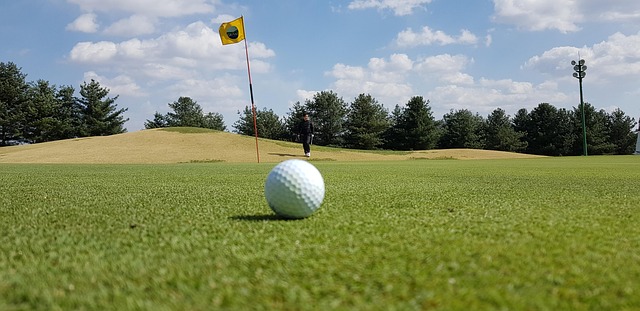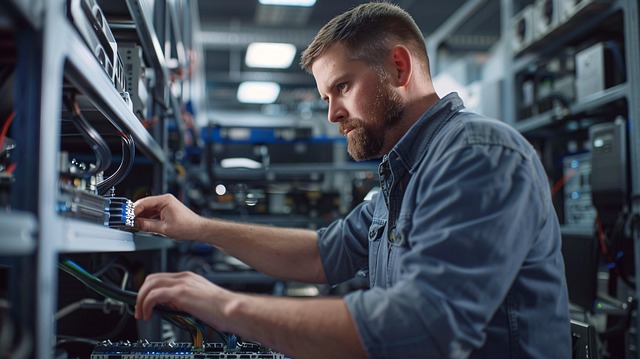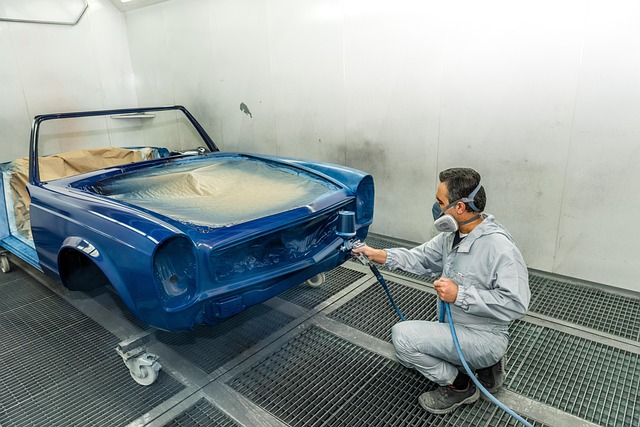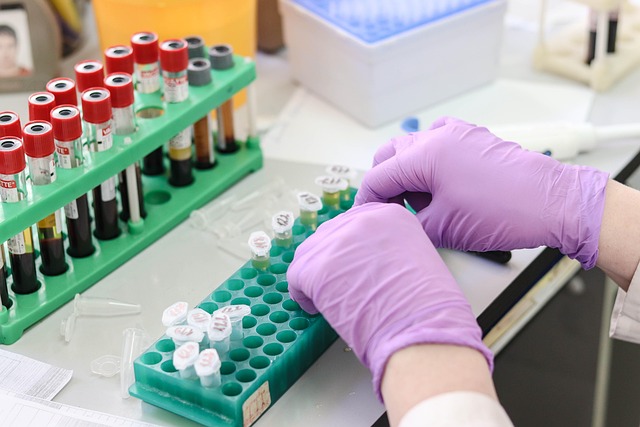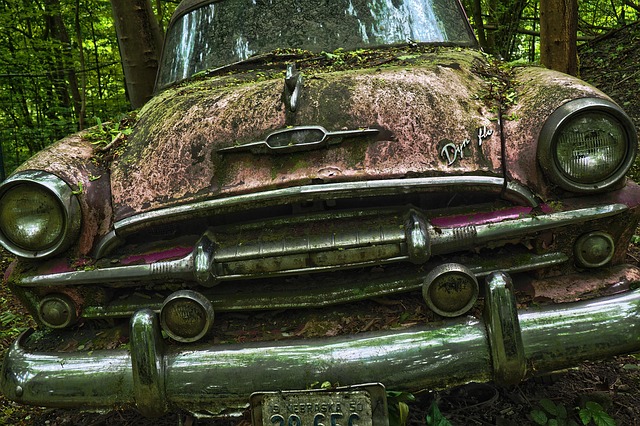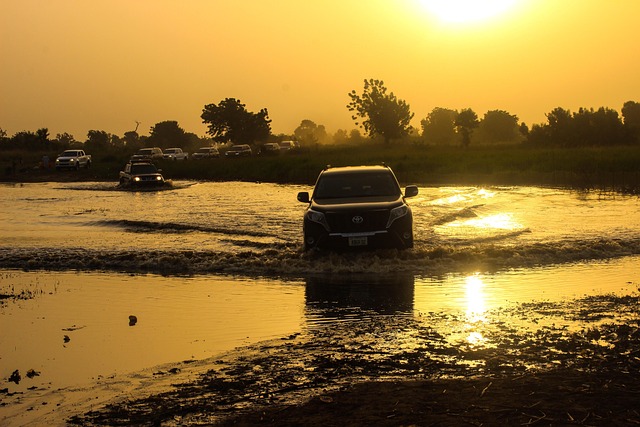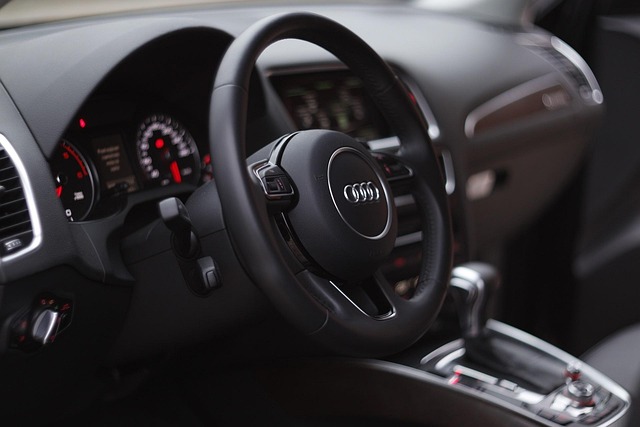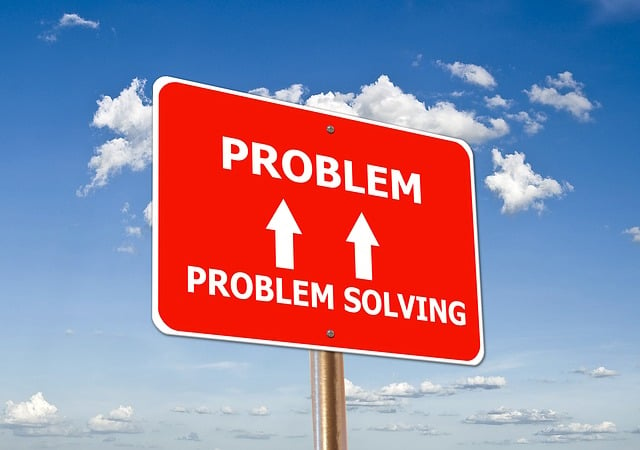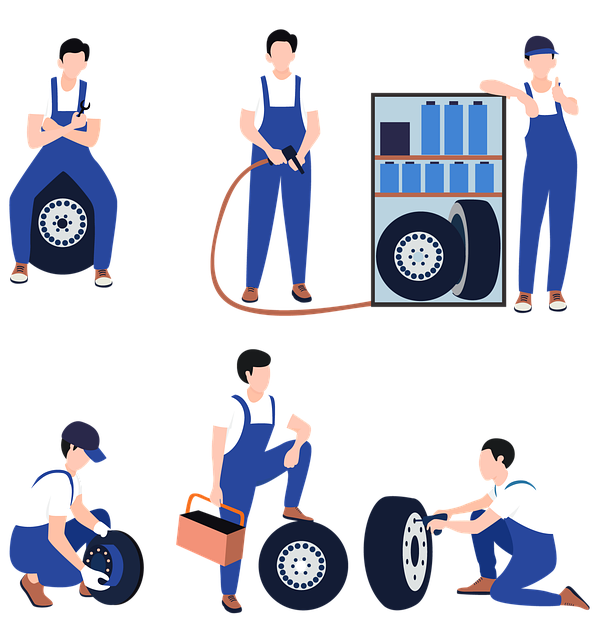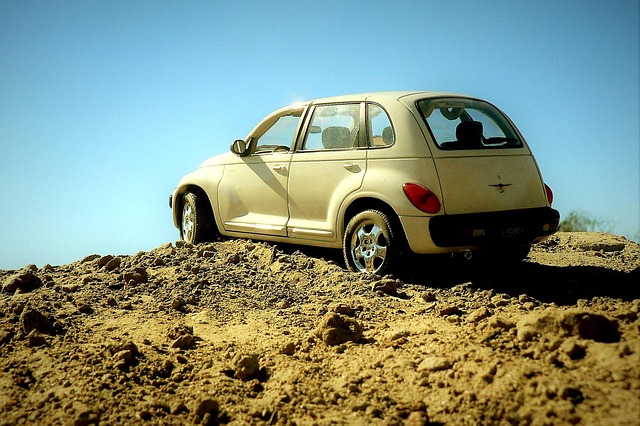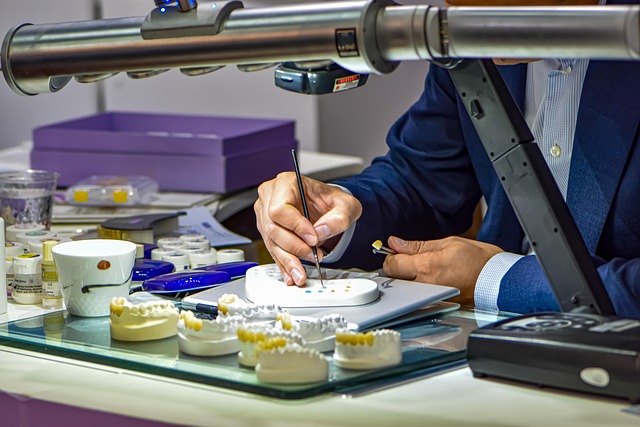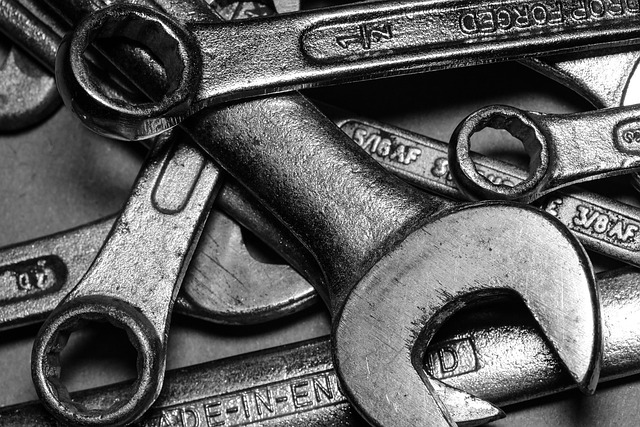Infrared curing technology revolutionizes auto collision repair by speeding up processes, improving finish quality, and offering superior results compared to traditional methods. However, overcuring is a challenge that requires precise control using specialized infrared curing equipment to maintain bond strength, prevent delamination, meet industry standards, and customer expectations. Technicians must balance precision with care when using this technology, monitoring temperature and duration closely, adhering to manufacturer guidelines, and employing relevant tools to avoid overcuring and achieve top-quality repairs.
In today’s advanced manufacturing landscape, efficient drying and curing processes are key. Infrared (IR) curing technology offers a precise, energy-efficient solution, revolutionizing material treatment. This article explores how technicians harness IR curing equipment to mitigate overcuring—a common challenge with significant consequences. By understanding the benefits of IR technology and adopting best practices, professionals can ensure optimal results, maintain product quality, and streamline production processes, making it an indispensable tool in various industries.
- Understanding Infrared Curing Technology and Its Benefits
- Common Challenges in Overcuring and Their Impact
- Techniques and Best Practices for Technicians to Avoid Overcuring with Infrared Equipment
Understanding Infrared Curing Technology and Its Benefits
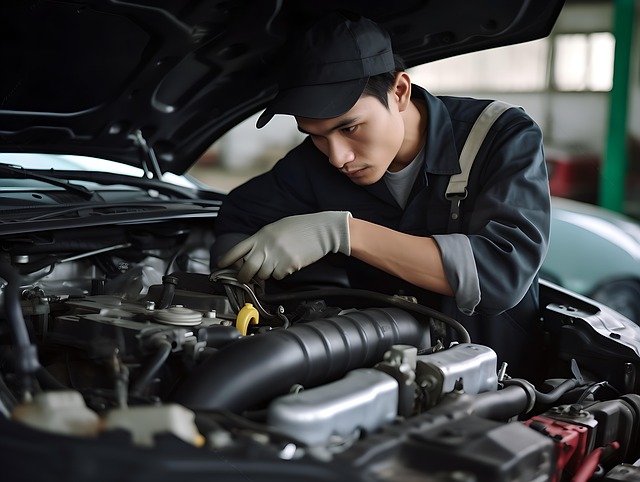
Infrared curing technology is a game-changer in the world of auto bodywork and collision repair. Unlike traditional curing methods that rely on heat or chemical reactions, infrared curing equipment offers a faster, more efficient solution. This innovative technology uses specific wavelengths of infrared radiation to accelerate the curing process, making it ideal for various applications, including paint and coating treatments in auto collision repair.
The benefits of infrared curing are numerous. It significantly reduces the time required for drying and curing, allowing technicians to complete jobs more promptly. This is particularly advantageous in busy auto bodywork shops where efficient workflows are essential. Moreover, infrared technology can enhance the quality of finishes by ensuring even heating and minimal overspray, leading to better overall results in dent removal and auto collision repair processes.
Common Challenges in Overcuring and Their Impact

Infrared curing technology has revolutionized many industries, including automotive repairs. However, a common challenge in this process is overcuring, which can lead to significant issues in vehicle repair services and auto repair shops. Overcuring occurs when too much energy is applied during the drying or hardening stage of a material, such as adhesives or coatings, causing it to set too quickly or become brittle and uneven. This phenomenon is particularly problematic in vehicle collision repair, where precise curing is crucial for ensuring structural integrity and the longevity of repairs.
The impact of overcuring can range from poor bond strength, delamination, and reduced durability of the finished product to increased risk of failure during subsequent operations. It not only compromises the quality of work but also extends turnaround times due to the need for rework. Technicians in auto repair shops must carefully manage curing parameters, including temperature and duration, using specialized infrared curing equipment to avoid these pitfalls. By understanding the common challenges and employing appropriate strategies, technicians can ensure optimal curing, delivering high-quality vehicle collision repair services that meet industry standards and customer expectations.
Techniques and Best Practices for Technicians to Avoid Overcuring with Infrared Equipment

Technicians working with infrared curing equipment in automotive repair, fender repair, and vehicle restoration must adhere to specific techniques and best practices to avoid overcuring. One key practice is to carefully monitor the temperature and duration of the curing process. Infrared curing equipment often includes digital controls that allow precise adjustments, enabling technicians to set optimal parameters for different materials and applications. Regular calibration of the equipment ensures accurate temperature readings, preventing over or under-curing.
Additionally, understanding material properties is crucial. Different finishes, adhesives, and coatings have varying curing requirements. Technicians should refer to manufacturer guidelines and data sheets to determine the appropriate cure cycle for each specific product. Using timers and temperature logs can help track the progress of the curing process, ensuring it adheres to recommended standards. This meticulous approach not only avoids overcuring but also ensures superior bond strength and finish quality in automotive repair, fender repair, and vehicle restoration projects.
Infrared curing technology offers significant advantages in various industries, but it’s not without challenges. By understanding the potential pitfalls of overcuring and implementing best practices, technicians can expertly utilize infrared curing equipment. Through precise temperature control, careful material selection, and regular maintenance, overcuring can be effectively avoided, ensuring high-quality outcomes and extending the lifespan of both the equipment and the final products.
